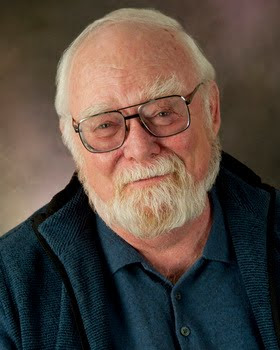 An obituary from 1865 led me to investigate the life of Ira T. Brum, who enlisted in the 185th New York Volunteers in June 1864. The regiment was full of young men from Onondaga and Cortland, and some few from elsewhere in the state. Company F contained mostly men from Cortland who enlisted together that spring. The 185th participated in the siege of Petersburg and was part of the Appomattox Campaign, fighting at Quaker Road, Gravelly Run, Five Forks and at Appomattox Court House. There, on April 9th, 1865 members of the 185th saw the “white flag come out and was glad to see it.” First Lieutenant Hiram Clark of Marathon gathered his men and sang “Hail Columbia.” As the men settled against a fence, a shell came over and killed Clark, the “last man killed in the army of the Potomac.”
An obituary from 1865 led me to investigate the life of Ira T. Brum, who enlisted in the 185th New York Volunteers in June 1864. The regiment was full of young men from Onondaga and Cortland, and some few from elsewhere in the state. Company F contained mostly men from Cortland who enlisted together that spring. The 185th participated in the siege of Petersburg and was part of the Appomattox Campaign, fighting at Quaker Road, Gravelly Run, Five Forks and at Appomattox Court House. There, on April 9th, 1865 members of the 185th saw the “white flag come out and was glad to see it.” First Lieutenant Hiram Clark of Marathon gathered his men and sang “Hail Columbia.” As the men settled against a fence, a shell came over and killed Clark, the “last man killed in the army of the Potomac.”
The 185th camped outside of Washington and Company F was mustered out on May 30th. On June 1st, Ira Brum died. According to his obituary, he was the only “colored man in his company, and possessed the confidence and good will of his officers and comrades.” He was reported to be a good soldier and “had distinguished himself in many of the hard-fought battles which preceded the fall of Richmond and Lee’s surrender.” Brum was just thirty years old and left a wife and daughter in Cortland County and his mother, father and siblings in Ithaca. The Brum family monument is in the Ithaca City Cemetery.
 New York State agreed to allow African Americans to enlist in United States Colored Infantry in the fall of 1863 and these men fought in federal units. The 20th USCT was recruited in New York City- the 26th USCT was filled with many men from the Southern Tier.
New York State agreed to allow African Americans to enlist in United States Colored Infantry in the fall of 1863 and these men fought in federal units. The 20th USCT was recruited in New York City- the 26th USCT was filled with many men from the Southern Tier.
In the spring, the Tompkins County Civil War Sesquicentennial Commemoration Commission will repair the Brum grave, now in pieces in the Ithaca City Cemetery.
It would be interesting to know if other African American men fought in white New York regiments.
Photo: Above, reunion ribbons from the 185th New York Regiment- below, the 185th’s service during the war.



